3 Black Bars 4 1964
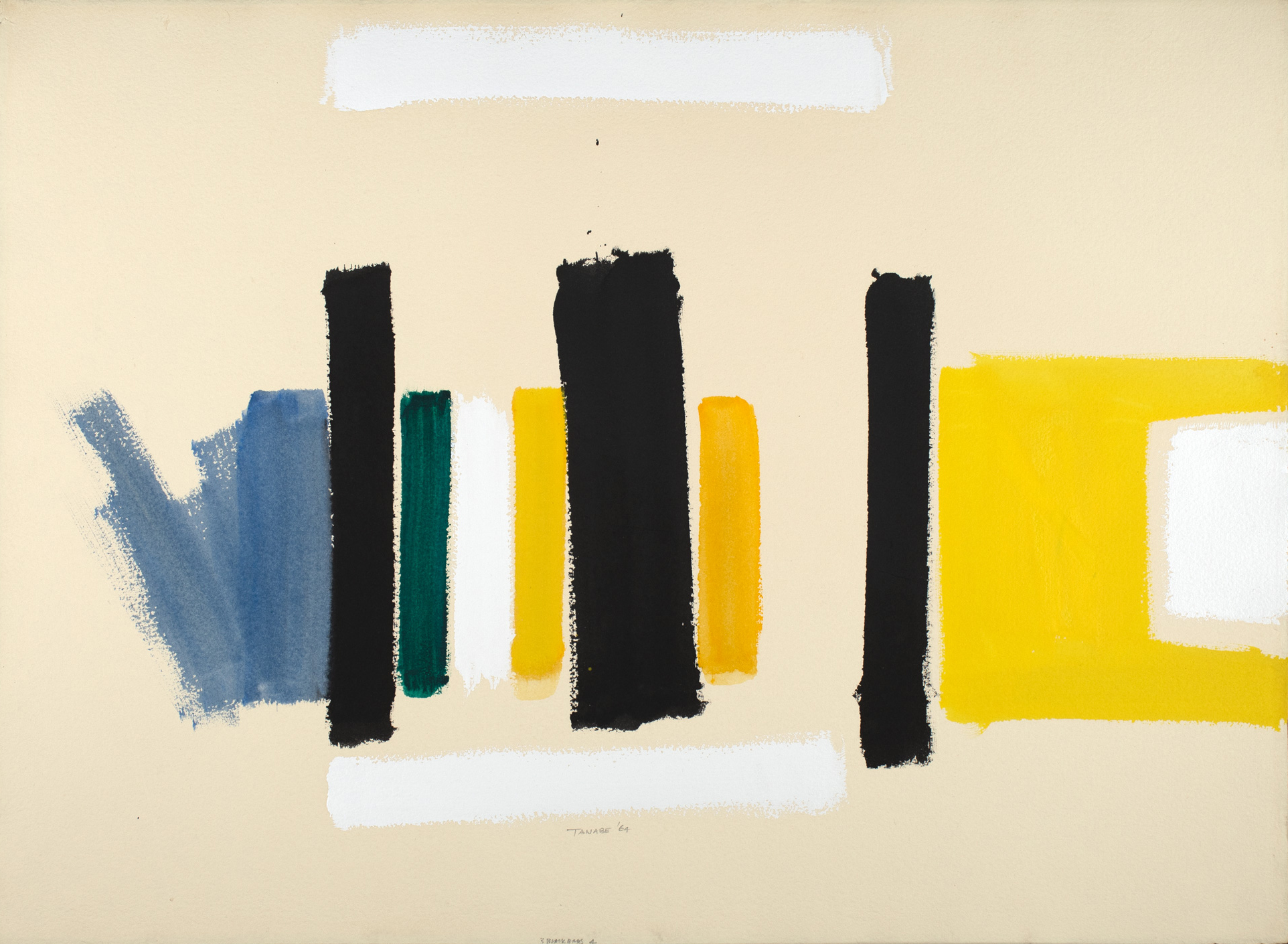
Takao Tanabe, 3 Black Bars 4, 1964
Acrylic on paper, 59 x 79.7 cm
Art Gallery of Nova Scotia, Halifax
In the 1960s, after returning to Vancouver following a trip to Japan, Tanabe continued to explore contemporary abstraction in a series of works on paper, including the accomplished and enigmatically titled 3 Black Bars 4. It is a mark of Tanabe’s skill that a composition of only twelve painted elements and two colours beyond black and white has such vivid presence. The artist establishes a plane with the two white horizontals at the top and base of the page and then uses the advancing black verticals and the retreating yellows to deny that plane. However, we do not read all these elements the same way: the second black vertical from the left seems to retreat and the yellow rectangle containing the white element at the right seems to advance.
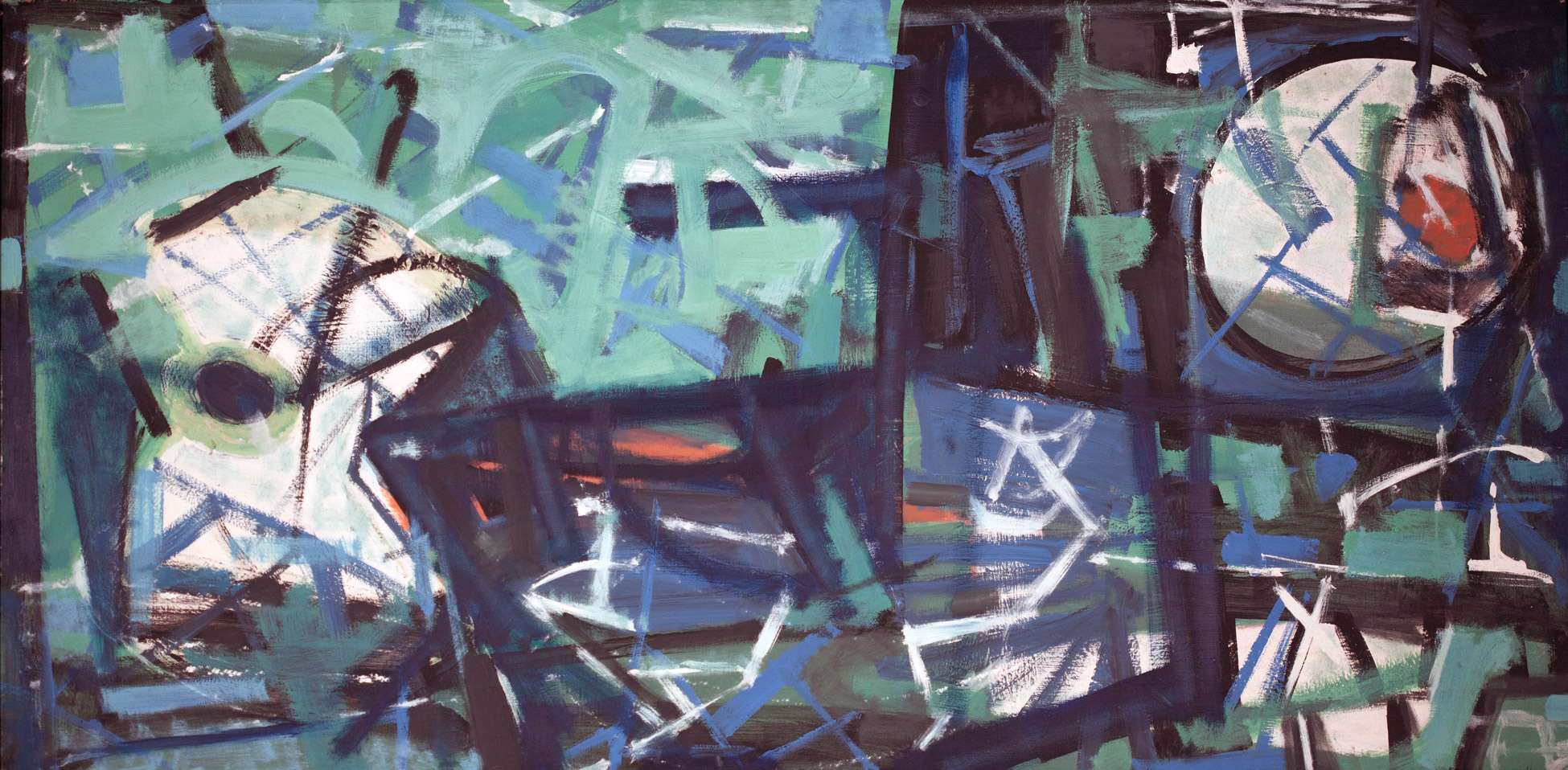
As he explained, this series of works were “somewhat like watercolours thinned with much water, on watercolour paper.” As with Storm, 1960, these works were quickly and decisively done, but not related to the landscape. Tanabe had absorbed lessons from Japanese masters in sumi-e and calligraphy while studying abroad. Here he adapts that acquired knowledge to expand his abstract works with acrylic, a quick-drying medium he began to use more extensively while living in Vancouver in the early 1960s.
Tanabe is playing with our perceptions of space and concepts around the materiality of the paper itself. There is at once a sense of flatness and depth. The static verticals are offset by the burst of blue pigment at the left, which seems to expand outward. Indeed, the whole composition is visually lively and the eye leaps from one element to the next.
As Tanabe later explained, during this period he “was interested in trying ways of working, trying to get out of the Ab[stract] Expressionist look and ways of seeing.” At the same time, we clearly see the influence of German American artist Hans Hofmann’s (1880–1966) ideas around pictorial “push and pull” that Tanabe had learned about, first indirectly through his mentor Joseph (Joe) Plaskett (1918–2014) and then directly through taking drawing classes with Hofmann himself. 3 Black Bars 4 rejects the gestural mark of Tanabe’s earlier abstract works like White-Eyed Monster, 1952, and Nude Landscape I, 1959, and instead emphasizes hand-drawn geometry and flat applications of colour. It is a pivotal transitional work that anticipates the more hard-edge works he would explore in the later part of the 1960s.
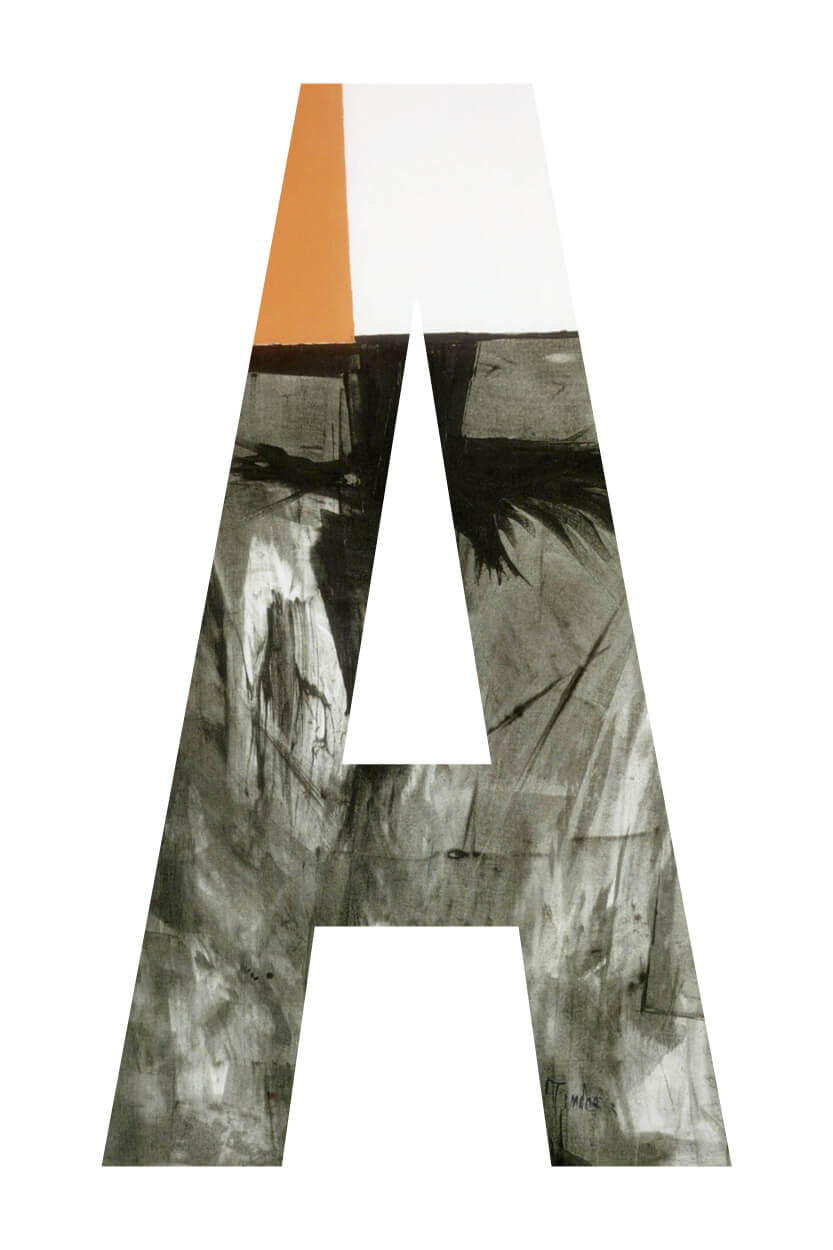
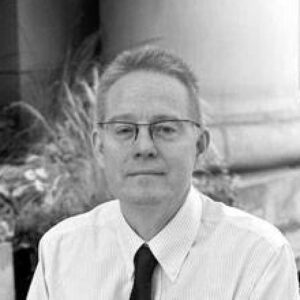 About the Author
About the Author
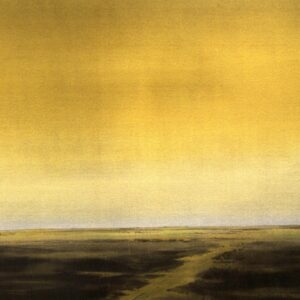 More Online Art Books
More Online Art Books
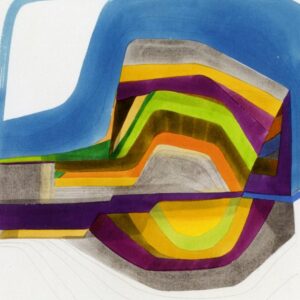 Acknowledgements
Acknowledgements